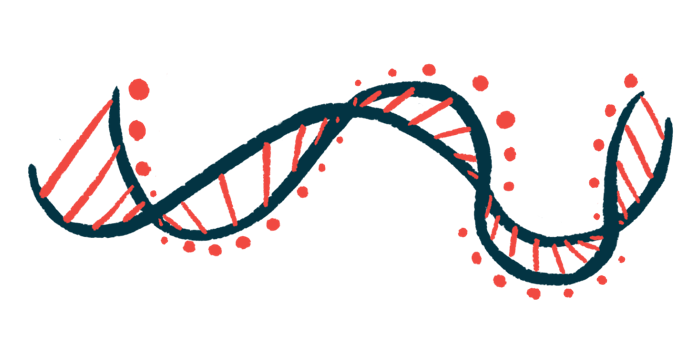Drugs that stabilize CFTR protein region may help manage CF: Study
Such therapies could help patients who don't respond to available treatments

A lack of stability in a specific region of the CFTR protein may explain why certain people with cystic fibrosis (CF) don’t respond to available modulator therapies, a new study suggests.
The findings imply drugs to stabilize this specific region — some of which are already in clinical development — may help manage CF in people who don’t respond to available therapies, researchers said.
The study, “Proteostasis landscapes of cystic fibrosis variants reveal drug response vulnerability,” was published in PNAS. The work was funded by the National Institutes of Health.
Mutated protein modified to stabilize region
CF is caused by mutations in the gene that provides instructions to make CFTR, a protein that helps to control the production of mucus. In CF, the CFTR protein is defective or absent, leading the body to produce thick, sticky mucus that builds up in organs and drives most disease symptoms.
In most cases, CF patients have mutations that make the CFTR unstable, so it is destroyed before it is able to carry out its functions at the cell membrane. CFTR correctors, a type of CFTR modulator therapy, are medicines that aim to stabilize the faulty protein so it stays together. An example of a CFTR corrector is elexacaftor, which is one of the modulators in the triple-combo therapy Trikafta (elexacaftor/tezacaftor/ivacaftor) — a modulator therapy widely approved for most people with CF.
But in some people with CF, available CFTR correctors are not able to effectively stabilize the protein. In this study, the researchers conducted detailed molecular experiments to try to understand why these mutations don’t respond to elexacaftor.
“My cousin, Analiese, suffered from cystic fibrosis and passed away at the young age of 20 during my graduate studies,” Eli Fritz McDonald, PhD, the study’s first author, said in a university news story. “Her battle with CF directly inspired and motivated this research, since the CFTR variants she had were untreatable at the time she passed.”
Results indicated elexacaftor does not stabilize a part of the CFTR protein called nucleotide-binding domain 1 (NBD1). The researchers found that, when they modified the mutated protein so the NBD1 region would be more stable, poorly responsive variants became responsive to CFTR corrector treatment.
Using a precision medicine approach, patients with CF could one day be paired with the drug combinations that best work for them and their variants.
These findings imply it may be possible to add drugs that stabilize NBD1 to available modulators to make them more effective for people with CF who can’t benefit from current medications, the researchers said. They added that this study “provides a framework for discerning the underlying protein quality control and structural defects of CFTR variants not reached with existing drugs to expand therapeutics to all susceptible CFTR variants.”
“In a perfect world, every patient would have drugs that they respond to,” said Lars Plate, PhD, a senior author of the study. “Using a precision medicine approach, patients with CF could one day be paired with the drug combinations that best work for them and their variants.”
Some experimental modulators targeting the NBD1 region are already in clinical development.








